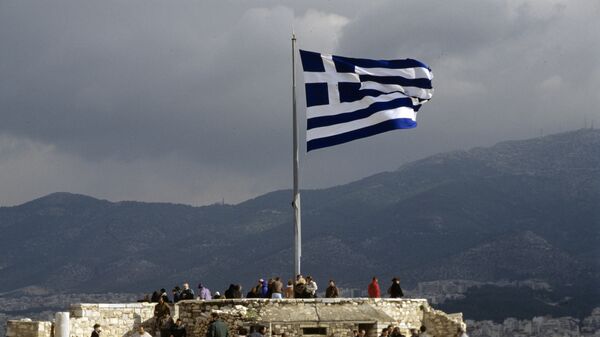Among the wrecks, researchers were able to recover several jugs, roof tiles and bricks, which suggested to officials that the ships likely belonged to imperial merchants, the Daily Mail reported.
Underwater archaeologists made the discovery in September when they were searching the area for a southern harbour linked to a Byzantine settlement, according to the Norwegian Institute at Athens.
— Philippe Bohstrom (@PhilippeBostrom) December 18, 2017
In one reef, archaeologists found several jugs and anchors that dated back to the Early Roman period, between 100 BCE and 300 CE, while a second reef held even more finds that included three shipwrecks dating back to the Hellenistic period, Roman Imperial period and the Late Roman period, Haaretz reported.
With the help of side-scan sonar technology, officials found an additional four wrecks. However, these finds are yet to be explored by divers.
— Philippe Bohstrom (@PhilippeBostrom) December 17, 2017
"The route followed some Dodecanese islands and then continued through the Aegean islands," Sven Ahrens, who led the dive, told Haaretz. "The advantage with such a sea route close to land was that there were many harbors and anchorages on the way where the ships could seek shelter."
According to the researcher, merchants passing through were likely transporting wheat, wine, olive oil, armor and even passengers.
"The vessels would have been loaded with anything profitable enough to justify a long and dangerous sea journey," Ahrens said, noting that only "durable materials" have managed to keep their form in the 2,000-plus years since the ships reached their watery resting places.
The next phase in the researchers' investigation involves the usage of a remote-operated underwater vehicle to continue surveying the area.



